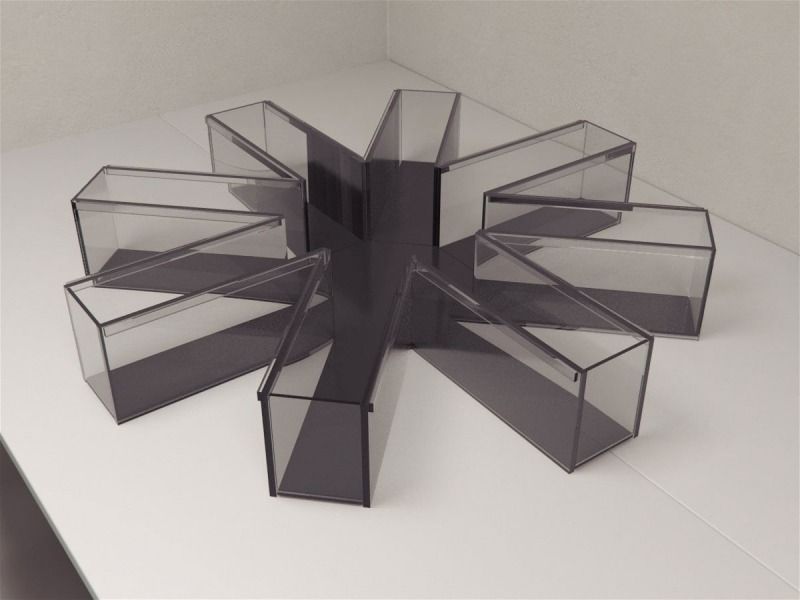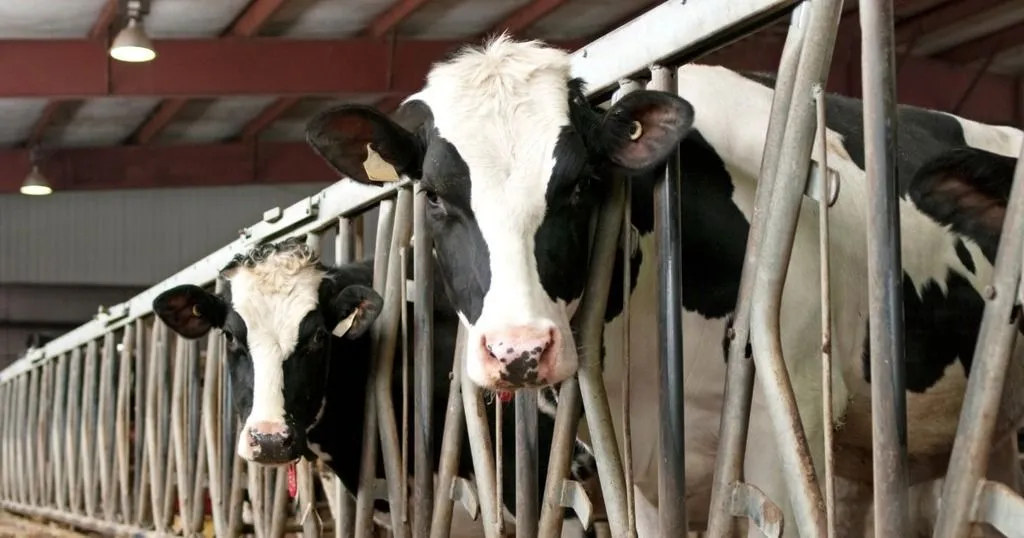Stereotypical effects on cognitive bias
Stressed-induced stereotypical behavior in lab mice have different effects on cognition. The radial arm maze is often used to investigate this.
Posted by
Published on
Fri 21 Jun. 2019
Topics
| Cognition | EthoVision XT | Learning And Memory | Mice | Radial Arm Maze | Video Tracking |

Scientists have found out that different stress-induced stereotypical behavior in laboratory mice have different effects on cognitive processes. On top of that, genetic strains play a role in whether or not the stereotypical behavior influences cognitive bias. This gives us a new view on animal welfare.
Have you ever found yourself looking for your car in a parking lot, where all spots are identical? You first try to go in the direction of the place where you think your car is placed, and then you find yourself walking around various lanes. This is a standard example of making an appeal on your reference memory and working memory.
Working memory & reference memory
Your reference memory is the knowledge required for a certain situation that remains constant over time. In this case, it would be the location of your car. If you are going to park repeatedly in the same spot, you are likely to remember the location.
Your working memory is the ability to manipulate or use the memories being held. In this case, this would refer to the places you visit before finding your car. It would be logical that when looking around, you wouldn’t go to the same lane twice, as you had already looked there. So, through constantly looking around in new places for your car, you ultimately will find it. Both working and reference memory are part of cognitive bias.
Radial arm maze
A way to measure working memory and reference memory in laboratory animals is by using a radial arm maze. In this maze, eight arms are connected with each other through a center place. At the end of some of these arms, a positive stimulus is located, normally in the form of food. By observing which arms the animal investigates before all food is eaten, the working memory and reference memory can be evaluated. Varying the positions of the food can give multiple approaches to behavioral tests. Through the usage of EthoVision XT video tracking software, the path of the laboratory animals can be analyzed, evaluating both working and reference memory.

Stereotypy vs genetics
Novak et al, from the University of Bern, also used a radial arm maze in their research. These scientists investigated the effect of stereotypical behavior and genetics on the working and reference memory of mice. Stereotypical behavior is the display of a repetitive behavior without a clear cause or goal. It is often seen in zoo and farm animals, and is known to be a display of severe stress. The researchers here investigated cage-induced stereotypies in two genetic strains of mice. The stereotypies here were found to be chewing on the bars (bar mouthing), spinning around the longitudinal body axis (cage top twirling), back-flipping, running around the cage in circles (circling), and moving along the same route on the cage lid (route tracing on the cage lid).
They found that in one of the genetic strains, mice with higher stereotypy levels displayed a negative cognitive bias, which was influenced by the form of stereotypy performed. In this strain, negative cognitive bias was evident in back-flipping mice, but there was no effect in mice that were bar-mouthing or cage-top twirling. However, for the other strain, there was no correlation between the type of stereotypy and cognitive bias.
This research shows that similar stereotypical behavior can depend on the genetics of an individual to eventually have influence on cognitive bias. This illustrates that welfare is received differently by different genetic strains within a species. It also supports the idea that different forms of stereotypy should be considered separately in studies about their relationship with brain function, affective state, or other measures of animal welfare.
References
Novak, J., Bailoo, J. D., Melotti, L., & Würbel, H. (2016). Effect of cage-induced stereotypies on measures of affective state and recurrent perseveration in CD-1 and C57BL/6 mice.PloS one,11(5), e0153203.
Related Posts

Neuroscience conferences you should visit in 2024

The bat - moth aerial battle in 3D

